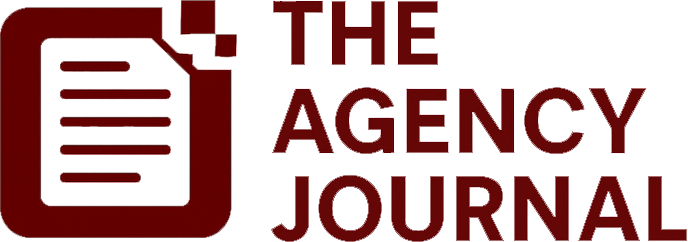AI Agents Revolutionising the Healthcare Sector
Use Case 1: Automated Patient Triage Agent
What is it?
This AI Agent tackles the age-old bottleneck of patient triage in hospitals. The challenge is clear: healthcare providers often struggle with long wait times and inefficient resource allocation. This agent acts as a first point of contact for patients, effectively determining the level of care required based on reported symptoms. Think of it as a digital check-in nurse that reduces the load on medical staff.
Tools & Technologies Used
| Tool | Purpose |
|---|---|
| GPT-4o | Patient symptom understanding and response generation |
| Zapier | Linking patient data with hospital systems |
| LangChain | Managing and orchestrating the workflow |
Workflow Purpose – What the Agent Does at Each Step
- Capture Intent: The AI receives a patient’s input on symptoms via chat, helping to kick-start the workflow.
- Understand Context: It categorises the symptoms and assesses urgency, ensuring the right level of care is assigned.
- Data Enrichment: Accesses historical medical records to provide context around the patient’s health, further refining its response.
- Action or Resolution: The AI either provides preliminary advice or escalates the case to a healthcare professional.
- Accountability & Feedback Loop: Logs interactions for further review, ensuring continuous improvement in triage accuracy.
Use Case 2: AI-Powered Medical Record Automation
What is it?
Managing medical records is akin to herding cats, complicated and time-consuming. This AI agent automates record-keeping, turning patient interactions into logged entries without manual input. Imagine transforming handwritten notes into digital records with a few clicks, saving time and reducing errors.
Tools & Technologies Used
| Tool | Purpose |
|---|---|
| Superagent | Integrating AI capabilities into electronic health record systems |
| AutoGen | Generating medical notes based on clinician-patient interactions |
| Zapier | Update internal systems automatically |
Workflow Purpose – What the Agent Does at Each Step
- Capture Intent: The agent listens in during patient consultations to detect key information.
- Understand Context: It extracts relevant data and integrates it into the patient’s record, including diagnoses and treatment plans.
- Data Enrichment: It cross-references with existing records to fill in gaps and ensure accuracy.
- Action or Resolution: Generates and stores a comprehensive medical note with minimal clinician oversight.
- Accountability & Feedback Loop: Flags any discrepancies for the clinical team to review, helping to refine the agent’s learning.
Use Case 3: AI-Driven Drug Interaction and Safety Agent
What is it?
Checking potential drug interactions can feel like solving a puzzle blindfolded. This AI Agent allows pharmacists and doctors to quickly assess whether a prescribed drug could cause issues with other medications a patient is taking. It’s like having a trusted assistant that ensures safety and draws from an expansive database of interactions.
Tools & Technologies Used
| Tool | Purpose |
|---|---|
| RAG Pipelines | Retrieving and analyzing data on drug interactions |
| Claude | Conversational AI for user queries regarding drug safety |
| LangChain | Organising the workflows and insights generated |
Workflow Purpose – What the Agent Does at Each Step
- Capture Intent: The agent captures queries from healthcare professionals pertaining to drug plans.
- Understand Context: Utilises knowledge from databases to interpret drug combinations and flag potential issues.
- Data Enrichment: Gathers the latest research and interaction databases to ensure up-to-date advice.
- Action or Resolution: Generates an actionable report indicating potential risks and suggests alternatives.
- Accountability & Feedback Loop: Continuously logs the interactions to improve compliance and accuracy based on outcomes.





